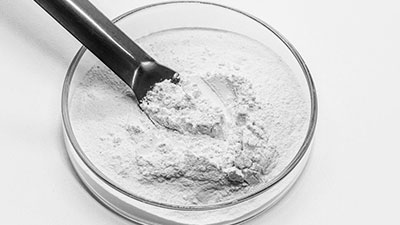Zinc Oxide Manufacturing Process: Linking Performance and Sustainability
Zinc oxide is a versatile compound used in everything from sunscreens and rubber to ceramics and batteries. Yet behind this white powder lies a complex and highly influential process. The way it’s produced doesn’t just determine its final quality, it also plays a key role in the environmental footprint of the industries that rely on it.
Traditional Methods vs. Modern Expectations
The most commonly used methods for producing zinc oxide are the French process (also known as the indirect method) and the American process (direct method). The French process, which involves vaporizing metallic zinc and then oxidizing it, is preferred for producing high-purity zinc oxide. On the other hand, the American process uses zinc ores and offers a more cost-effective route but with lower purity results.
Modern industries are beginning to move beyond these conventional methods, looking instead at more sustainable alternatives such as wet chemical methods or green synthesis techniques that utilize less energy and create fewer emissions.
Why Process Matters to Product Performance
From particle size and surface area to purity and consistency, the zinc oxide manufacturing process directly impacts product performance. For instance, in the rubber industry, fine particle zinc oxide ensures better dispersion and improved vulcanization. In sunscreens, the right process results in non-nano particles that provide UV protection without harming coral reefs or irritating sensitive skin.
In short, the manufacturing approach can make or break a product’s functionality, particularly in sectors where high-performance standards are critical.
The Push for Sustainable Solutions
Sustainability is no longer a buzzword, it’s a requirement. Companies are under increasing pressure to reduce their carbon footprint, and that extends to the raw materials they choose. Energy-intensive methods like the French process, though efficient in output quality, are being re-evaluated due to their environmental cost.
To meet growing sustainability goals, some manufacturers are experimenting with bio-based or low-temperature processes. These innovations not only reduce emissions but also offer better control over zinc oxide morphology and purity, which can lead to more consistent and effective end products.
Looking Ahead
As demand grows across industries (from electronics to personal care) the importance of refining the zinc oxide manufacturing process will only increase. Cleaner production methods, better recycling of byproducts, and smarter energy use will define the next generation of materials science.
For businesses looking to stay competitive and consumers demanding better transparency, understanding how zinc oxide is made isn’t just technical curiosity. It’s part of making informed, sustainable choices.
If you have further questions about zinc oxide powder, don’t hesitate to call us at +62343657777 or send us an email at info@citracakralogam.com. Our team will guide you through the whole process. If you have any more questions about us, feel free to ask any time because we are here 24/7 for you.




